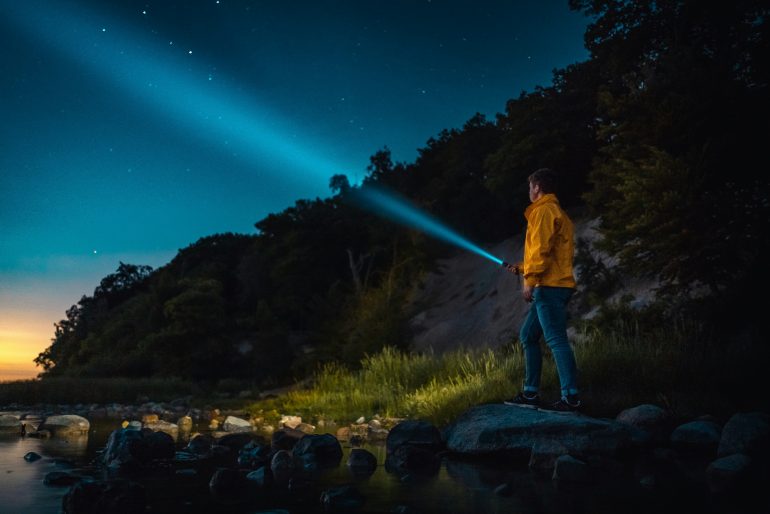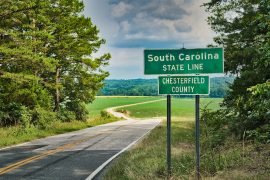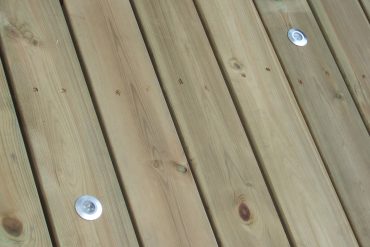Outdoor gear can get expensive fast. Walk into any camping or outdoor store and it’s easy to drop hundreds of dollars on equipment that promises to enhance adventures, improve comfort, or increase safety. But here’s the thing—a lot of that gear ends up used once or twice before being shoved into a closet or garage where it collects dust for years.
The equipment that actually pays for itself is different. It gets used regularly, lasts for years, and provides value that far exceeds the initial cost. These are the items that people reach for constantly, that solve real problems, and that prove their worth over and over. Understanding which gear falls into this category versus what’s just clever marketing saves money and reduces clutter.
The difference often comes down to versatility and build quality. Gear that only works in one specific situation rarely gets used enough to justify its cost. Equipment that breaks after a few uses obviously doesn’t pay for itself no matter how cheap it was initially. The sweet spot is durable, versatile gear that solves problems people actually encounter regularly.
Lighting That Goes Everywhere
Quality lighting equipment might be the best example of gear that pays for itself through constant use. Not the massive spotlight that gets pulled out twice a year, but reliable, portable lights that handle everything from nighttime walks to power outages to camping trips to car repairs.
The key is versatility and reliability. A light that works in multiple situations gets used far more than specialized equipment. One that turns on every time it’s needed, regardless of weather or how long it’s been sitting unused, proves its value during emergencies and everyday tasks alike. When searching for dependable options, the best flashlights combine durability with practical features that suit various situations rather than just maximum brightness.
People who invest in quality lighting use it constantly in ways they didn’t initially anticipate. Looking for something that rolled under the car. Checking the attic or crawl space. Walking the dog after dark. Reading when camping. Navigating during power outages. Each use adds value, and over years of reliable service, even an expensive light costs pennies per use.
The alternative is constantly buying cheap lights that fail when needed, eat through batteries, or break after minimal use. That cycle of replacement actually costs more over time while providing worse performance when it matters most.
The Backpack That Handles Everything
A truly good backpack might seem expensive initially, but the cost per use over a decade of service makes it one of the best gear investments. The key is finding one that’s comfortable, durable, and sized appropriately for actual use rather than worst-case scenarios.
The mistake people make is buying either too cheap or too specialized. The $20 backpack falls apart after one season. The $400 technical mountaineering pack sits unused because it’s overkill for day hikes and weekend trips. The middle ground—a well-made pack from a reputable manufacturer designed for general outdoor use—gets used for years across countless activities.
This applies to daypacks for hiking, larger packs for camping trips, and even quality travel backpacks. The ones that pay for themselves are comfortable enough to use regularly, tough enough to handle rough treatment, and practical enough to work for multiple purposes. They become the default choice for outdoor activities, travel, and even everyday use.
Clothing That Performs Season After Season
Quality outdoor clothing represents another category where spending more upfront saves money long-term. Not fashion-focused outdoor wear, but functional pieces that regulate temperature, shed water, and hold up to repeated use and washing.
A good rain jacket used for years costs less per wear than cheap rain jackets replaced every season. Quality base layers that wick moisture and regulate temperature work for hiking, camping, winter sports, and even everyday wear. Durable hiking pants or shorts that don’t tear, fade, or lose their water resistance after a few trips outlast multiple cheaper alternatives.
The challenge is distinguishing genuinely durable, functional clothing from expensive gear that’s more about brand names than performance. Reviews from people who’ve used items extensively matter more than marketing claims. Signs of quality include reinforced stitching, proven materials, warranties, and designs that prioritize function over fashion.
People who invest in a core wardrobe of quality outdoor clothing often find they reach for these pieces constantly, not just during outdoor activities. A good fleece jacket works for hiking and running errands. Quality base layers serve as everyday cold-weather wear. Water-resistant pants handle rain whether someone’s on a trail or walking around town.
Multi-Use Tools and Knives
A quality multi-tool or knife might seem like a luxury purchase, but people who carry one daily quickly realize how often it gets used. Opening packages, making repairs, cutting cord, tightening screws, opening bottles—the list of small tasks that a good multi-tool handles is surprisingly long.
The equipment that pays for itself here is tough enough to handle actual work without breaking, comfortable enough to carry daily, and useful enough to reach for regularly. Cheap multi-tools with loose joints, dull blades, and tools that don’t work well frustrate users and end up abandoned. Quality tools become everyday carry items that solve dozens of small problems.
The same applies to knives for outdoor use. A reliable knife that holds an edge, opens easily, and handles everything from food prep to gear repairs gets used constantly. The expensive knife that’s too precious to actually use or the cheap knife that dulls immediately both fail to provide value.
Water Filtration and Hydration
For people who spend time outdoors regularly, quality water filtration and hydration equipment pays for itself quickly. This could mean a good water filter for camping and hiking, quality water bottles that don’t leak or break, or hydration bladders that actually last more than a season.
The value comes from reliable access to clean water during outdoor activities without buying disposable bottles or risking illness from untreated sources. A water filter that costs $40 but lasts for years and processes thousands of liters pays for itself many times over compared to buying bottled water or dealing with cheaper filters that clog or break.
Similarly, durable water bottles that don’t leak, retain temperature, and survive being dropped or thrown in packs provide value through years of daily use. The cheap bottle that leaks in a backpack or cracks after a few months costs more in the long run despite its lower initial price.
Sleeping Systems That Last
For anyone who camps regularly, quality sleeping equipment—pads, bags, quilts—represents a worthwhile investment. The difference between sleeping comfortably and sleeping poorly affects enjoyment of outdoor activities significantly, and good sleep gear lasts for many years of use.
A quality sleeping pad that provides actual insulation and cushioning, packs down reasonably, and doesn’t puncture or leak makes camping more pleasant. Using it dozens of times over multiple years reduces the per-use cost to minimal levels. The cheap pad that provides poor insulation, develops leaks, or becomes uncomfortable ensures bad sleep and frequent replacement.
Sleeping bags or quilts follow the same pattern. Quality options with appropriate temperature ratings, durable materials, and good construction last for years of camping trips. They pack efficiently, maintain loft over time, and continue providing warmth season after season. The budget option that loses loft, develops cold spots, or tears easily ends up replaced repeatedly.
What Actually Matters for Value
The outdoor equipment that truly pays for itself shares common characteristics. It’s durable enough to last for years of regular use. It’s versatile enough to serve multiple purposes rather than one narrow function. It’s reliable enough to work when needed without constant maintenance or replacement. And it’s appropriate for how someone actually spends time outdoors rather than aspirational activities that rarely happen.
The $500 tent used for two camping trips over five years doesn’t pay for itself. The $200 tent used fifty times absolutely does. The specialized technical jacket for alpine mountaineering sits unused by someone who day hikes. The quality rain jacket used year-round in various conditions proves its value constantly.
Making smart gear choices means honestly assessing what equipment will actually get used regularly versus what sounds good but will collect dust. It means investing in quality for gear that sees frequent use while saving money on items that serve occasional needs. And it means recognizing that sometimes spending more initially results in lower long-term costs and better performance over years of use.
The best outdoor equipment isn’t necessarily the most expensive or the most technical. It’s the gear that gets used constantly, lasts for years, and provides consistent value through reliability and versatility. That equipment doesn’t just pay for itself—it enhances every outdoor experience along the way.





